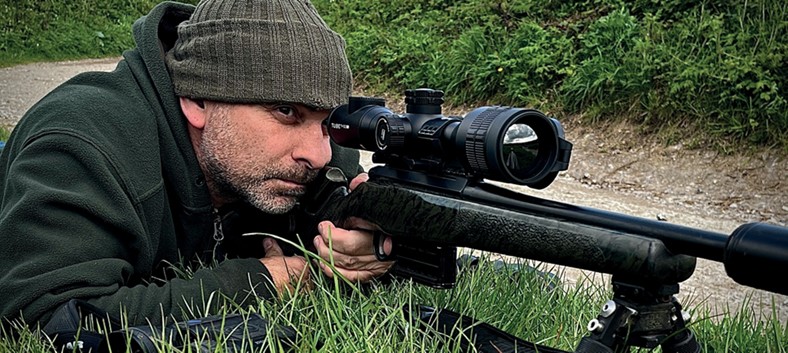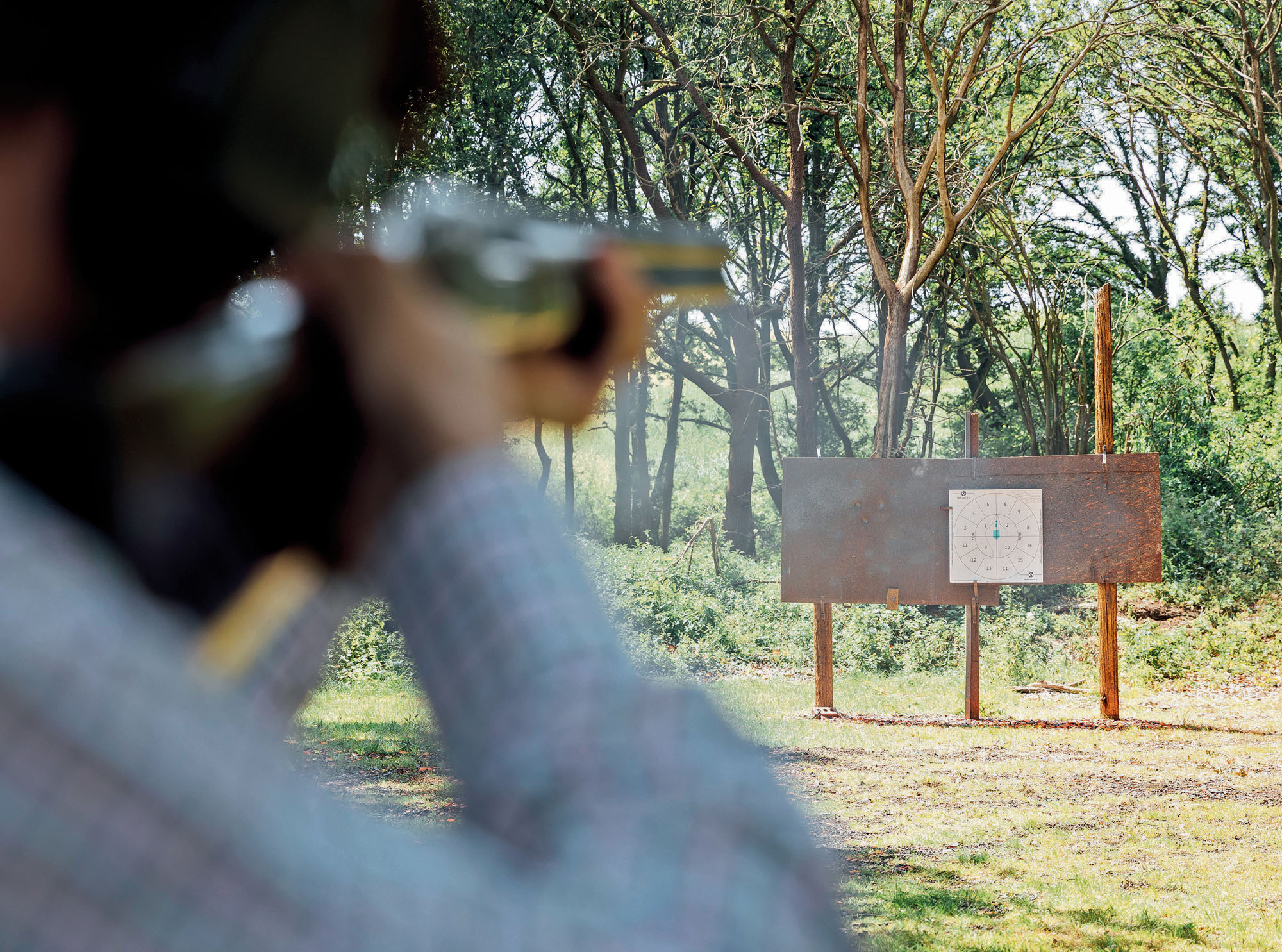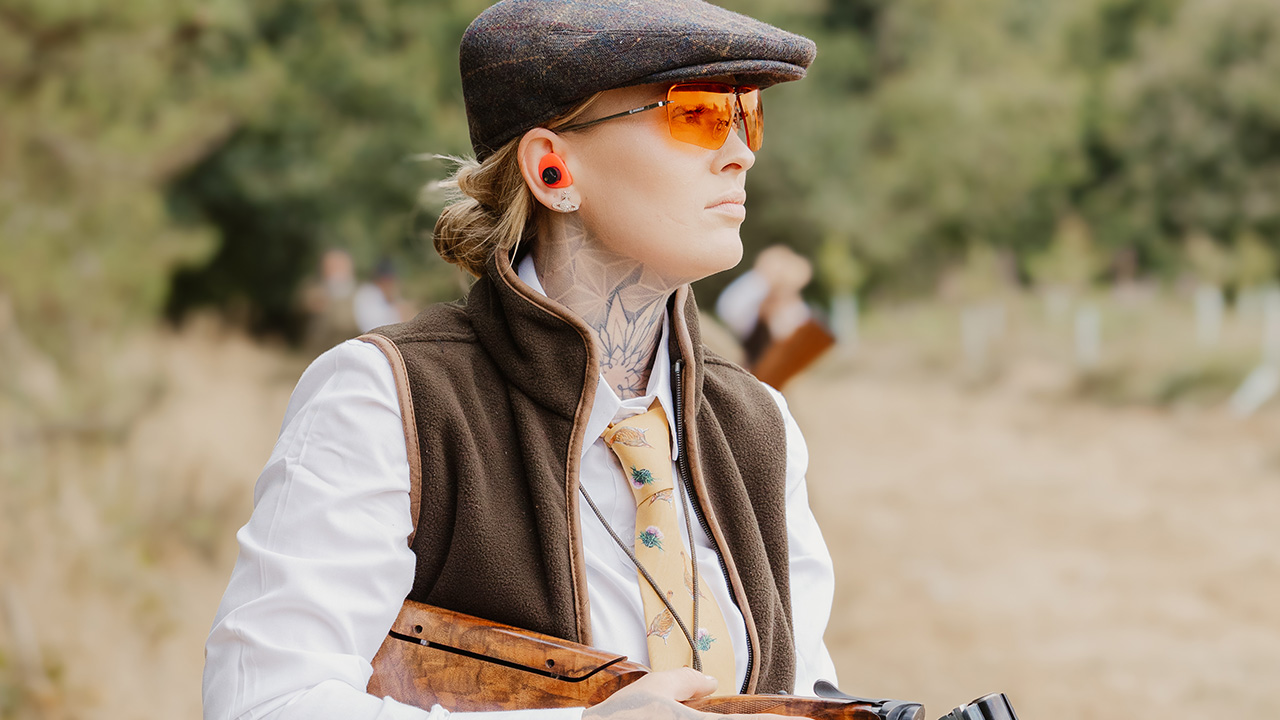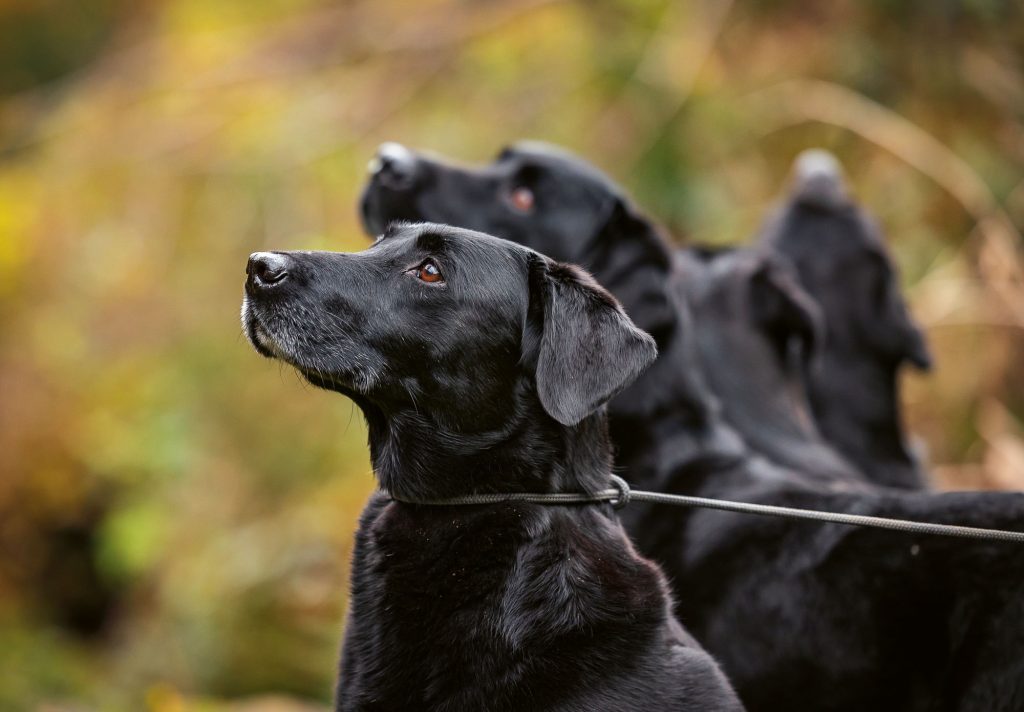Out of the dark
From humble beginnings with lamps to sophisticated thermal spotters, Mark Ripley shares his journey and recommendations for successful foxing
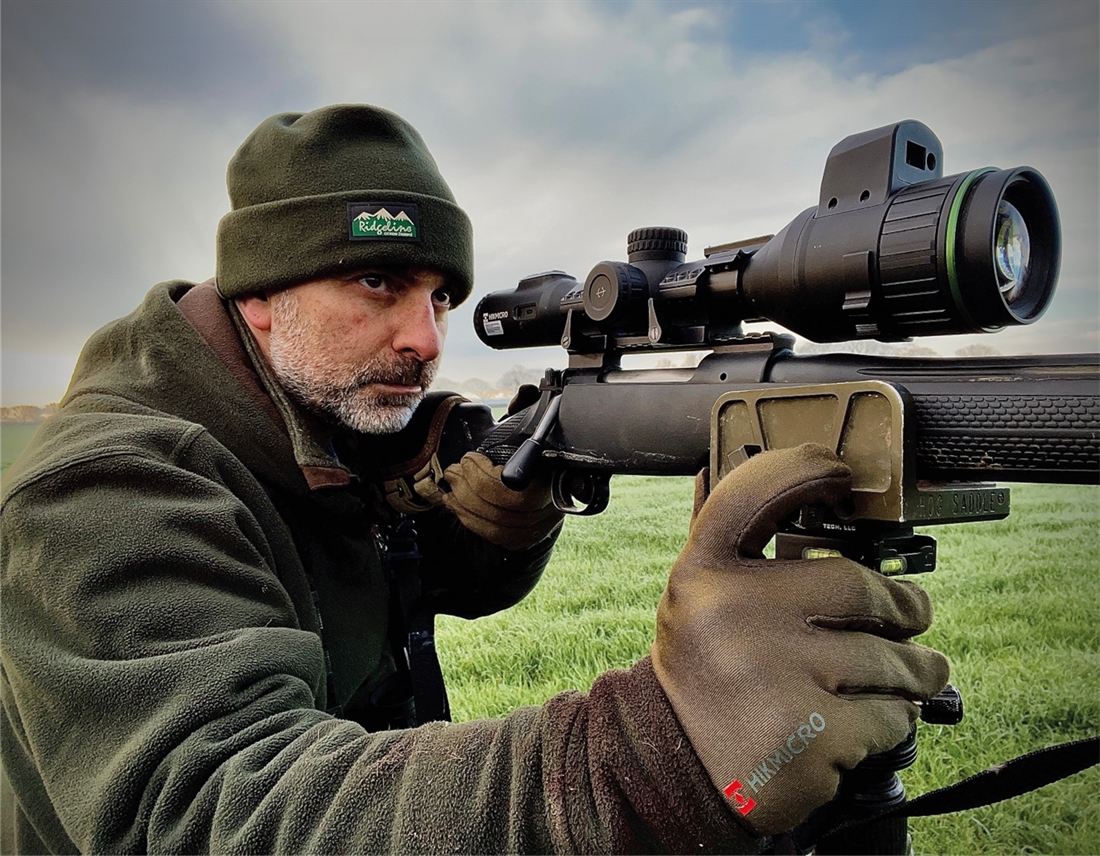
For many years an old lamp served me well for my night-time rabbiting and foxing, and over the years such things became smaller and brighter with the introduction of LEDs as the light source.
Nowadays a small scope-mounted torch will easily throw a tight beam several hundred yards in various colours with no trailing leads or power packs to lug around, and long gone are the days of motorcycle batteries slung on one’s back! It seems that today newcomers to night shooting have it rather easy, with a vast array of kit to choose from, and the price of a lot of it has become quite reasonable.
I remember when the first real worthwhile and affordable nightvision scope came out, which was the Pulsar N550.
Looking back, it was pretty mediocre compared with what we have now. I never brought an N550 but did go for the slightly better N750, which enabled me to shoot a fair few foxes when equipped with a better infrared illuminator, but it still wasn’t that great.
If a fox looked at you, the eye shine was so bright you had to wait until it looked away before you could accurately place a shot into its body.
By far the biggest leap forward for night shooting has been the introduction of affordable, handheld thermal spotters. Again Pulsar were the first to bring such a unit to the market in the form of the HD38 thermal spotter, and once I had looked through one the benefits were obvious. Despite it being around £2500, if I remember correctly, I had to have one.
Thermal spotters are game changing bits of equipment. Like a good pair of binoculars are to a deer stalker, a thermal spotter for foxing at night is a massive advantage and one of the most important bits of kit to have. After all, if you can’t find your quarry you can’t shoot it. In this situation you can have the cheapest night scope – or even day scope and lamp – to actually take the shot.
Once you have located your quarry and got ready for a shot without it knowing you are there, it’s easy to line up where the fox is and flick a lamp on. A fox will almost always stand for several seconds under a lamp, and if you already know it’s there you can very often get a shot away in that short opportunity on even a pretty wary one.
These days thermal spotters are so amazingly sharp that even at several hundred yards you can still reliably identify a fox. Many also come with other useful features such as laser range finders, colour modes and night vision modes to help identify your quarry. I’ve recently been using the Hikmicro Habrok binos, and what a bit of kit they are. Not only are they probably the clearest thermal spotter I’ve used, but they are also considerably cheaper than other comparable products, making them an excellent buy.
Without doubt, for spotting purposes a thermal is by far the best option. Yet when it comes to rifle scopes, and actually identifying an animal confidently enough to take a shot, here is where opinions start to differ. For several years I was not really convinced by thermal scopes, preferring to stick with thermal to spot with and nightvision to shoot by (and still do,
sometimes) but I must admit that I do rather like using a thermal scope now that they have become much better.
The best thermal scope I’ve used, and still use, is the InfiRay TH50 V2. I’ve been really impressed with this unit and have shot lots of foxes with it – and out to some pretty good distances, too. Unlike other similar units in its price bracket, it doesn’t have a built in laser rangefinder, which is no loss to me as I have one built into the Habroks. This is where you want a rangefinder – in your spotter rather than in your scope. That way, as soon as you spot something you know whether you need to close the distance a bit more. It’s quite annoying getting set up for a shot and pinging the range through the scope only to find it’s beyond what you are comfortable taking a shot at.
Of course thermal only gives you an image based on the heat signature of the animal. Further out, identification can be done based on the way an animal moves as much as what you can physically see, and experience plays a big part here. Nightvision paints a clear black-and-white image of your quarry, making it much easier to see clearly what you are looking at.
Another recent product I’ve been very impressed with – especially considering it’s price – is the popular Hikmicro Alpex 4K LRF. This scope offers a good night-time image, colour day image, built in laser rangefinder and, even more impressive, a ballistic calculator. You simply enter and save all the information about your rifle and ammunition, ping the range, and the scope will automatically show you by means of a highlighted bar on the vertical crosshair how much holdover to allow for that distance.
This works incredibly well, and with a good infrared illuminator makes an excellent nightvision setup.
I actually had a lady out on one of my training days the other week using this scope to shoot long range and she was able to make accurate shots on steel out to about 600yd before we needed to start tweaking the settings a bit to match the actual drops we were getting in the field. That’s pretty impressive from a night/day scope costing under £900.
Nightvision and thermal products are constantly improving and gaining more features, such as combining nightvision, thermal and colour imaging to give the best of all options in one unit. The rate at which this is happening makes it difficult to know when to take the plunge and buy.
There’s nothing more annoying than buying a unit only to see it reduced in price a month later when an improved unit appears, and the value of the one you just bought plummets. But that is the way things work in retail. The best option is to buy something that does the job for you right now and stop looking. If it allows you to spot or shoot a fox now, it’s still going to do it in five years’ time. I would also say to buy the best you can afford, especially with thermal, but be careful as the biggest and best-known brands don’t always offer the best bang for your buck. Look through as many as you can, in the field if possible, and look for independent reviews and footage on YouTube to get a better idea of what’s best.
Asking for advice on Facebook can be counterproductive. Most people will praise the unit they own because they are satisfied with it, but many haven’t compared it with other options. As a result, despite their good intentions, they may inadvertently provide poor advice, making it harder for you to choose the right unit.
Another thing to note is that with nightvision, much of the quality of the image can depend on the infrared illuminator you use with it and the setting the unit is on.
Even a budget scope can be dramatically improved with a good illuminator and a play with the brightness and contrast settings.
Many nightvision scopes are no longer supplied with the cheap infrared illuminators they used to come with, as manufacturers realised that a lot of people never even
took them out the box in favour of using an aftermarket one, and they could save some cost with no loss in sales.
It’s good to see more manufacturers coming into the market as this pushes innovation while driving costs down. Some of the newer names have certainly released products that have shaken the biggest brands and have raised the bar in terms of performance and value for money. You certainly shouldn’t be afraid to stray away from the bigger names if something takes your interest.
